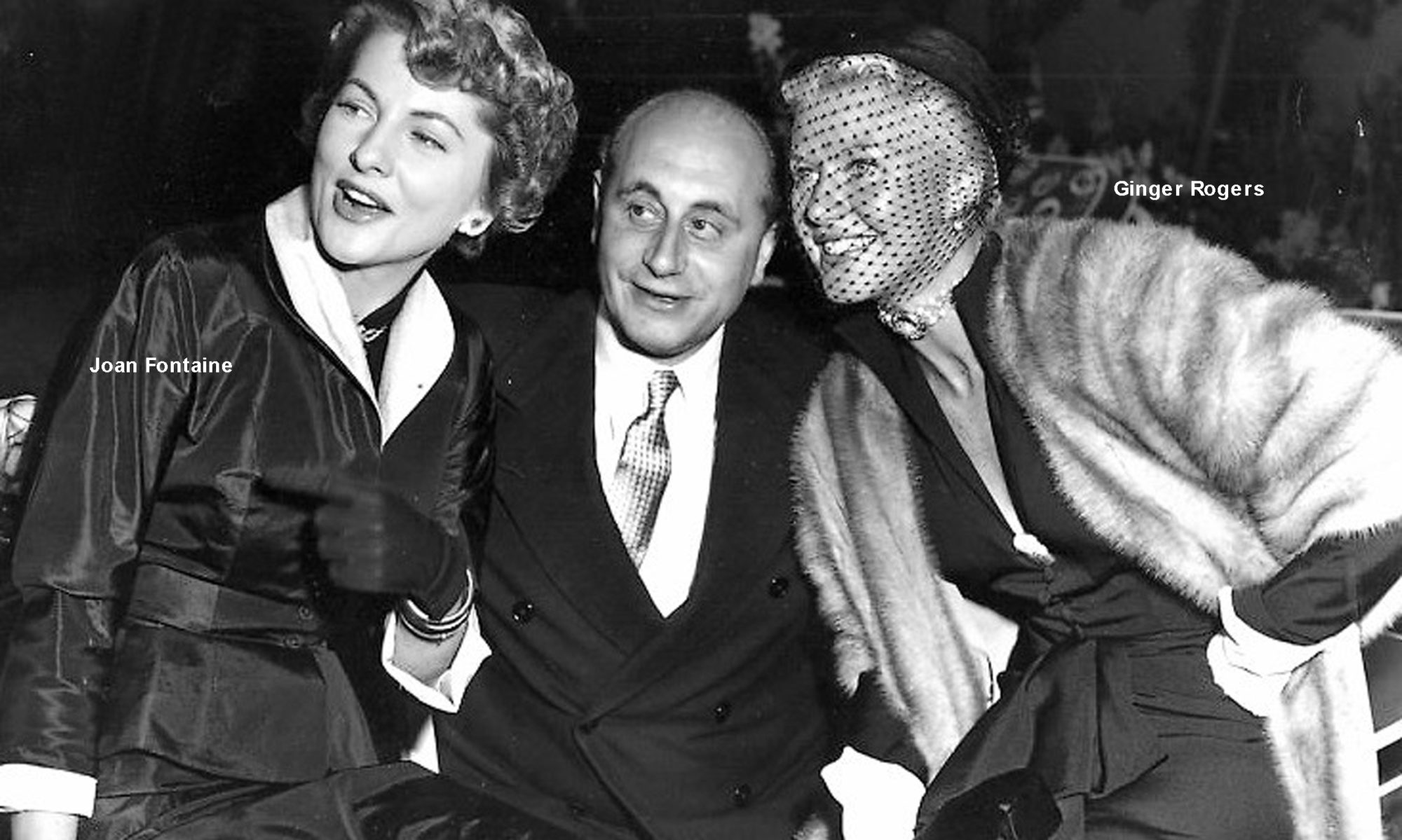A RARE INSIDE GLIMPSE INTO HOLLYWOOD DURING ITS GOLDEN AGE
Any artiste or band that failed to play Dublin’s Theatre Royal really hadn’t made it. From the late 1940s through the 1960s, it was a ‘must stopover’ on any trip for the US and British industry’s stars.
They came from the movies — Bob Hope, Judy Garland, Maurice Chevalier, James Cagney, Danny Kaye, Gene Autry, Toy Rogers, Tom Mix, Nat King Cole, Frankie Vaughan, Paul Robeson, George Formby, Anna Neagle, the Three Stooges, Frankie Laine, Johnnie Ray, Guy Mitchell, Allan Jones, Jimmy Durante, the Mills Brothers, Max Miller, Ramon Navarro, Rock Hudson, Barbara Rush, Robert Donat, Betty Hutton, Tommy Steele, Gracie Fields, Dirk Bogarde, Vera Lynn, Stewart Granger, Diana Dors, Dickie Valentine and Donald Wolfit… They were classical artistes — Margot Fonteyn, the Bolshoi Ballet, Yehudi Menuhin, Artur Rubinstein, Isaac Stern, Sir Thomas Beecham, Joan Hammond, Jussi Bjorling and Lauritz Melchior… And they were big bands — Joe Loss, Geraldo, Stan Kenton, Billy Cotton, Harry Roy, Ambrose, Mantovani, Henry Hall, Jack Jackson, Johnny Dankworth, Ray Noble and Jack Hilton…and even Bill Haley and his Comets… and they filled the Royal’s 3,850 seats to capacity.
How did provincial Dublin become so important an entertainment destination? It was largely under impresario Louis Elliman. The Royal was three years old and the second largest entertainment venue in Europe when the Ellimans acquired it in 1938. From the start, Louis produced elaborate stage shows and showed movies there daily. Through World War II, he nurtured homegrown talent. After it, he began bringing international stage and screen stars to Dublin, as well.
The entertainment business launched by Louis’s father, Maurice, in 1910 by then comprised of the Theatre Royal and the Gaiety Theatre in Dublin, as well as over 30 cinemas across Ireland. (Acquired by the Rank Organization in 1946, the cinemas remained under Elliman management.) While the business was a family one, Louis was its undisputed star, outshining even his formidable father. Charismatic, modest, patriotic, loyal, and with an unerring sense of what would succeed in entertainment, he was an influential figure in both Ireland and the entertainment world.
With the reopening of shipping lanes after World War II, in 1950 Louis took a three-month business trip to New York, Australia and Hollywood, with his wife Ettie and his friend Solly White. He met with studio heads — MGM, Paramount, Fox, Universal, RKO —with film and stage actors and entertainers, and with many of the industry’s movers and shakers. Returning to Dublin, he put together a 250-page record of his remarkable trip.
In part, pedestrian (packing, air travel), in part, epicurean (luxury meals, clubs, hotels, parties) and, in part, sheer Holly glamour, it is all matter-of-factly related. The journal is reproduced on this site, with people and places pictured where possible (many thanks to Wikipedia and other online sources) and references explained. It is a rare inside glimpse of Hollywood during its Golden Age.

